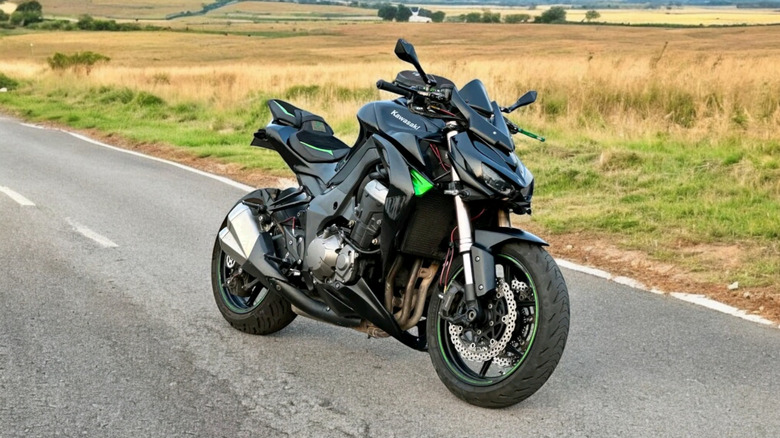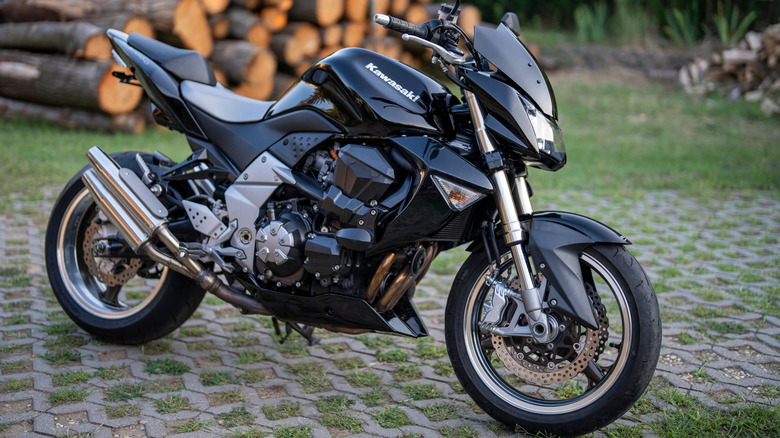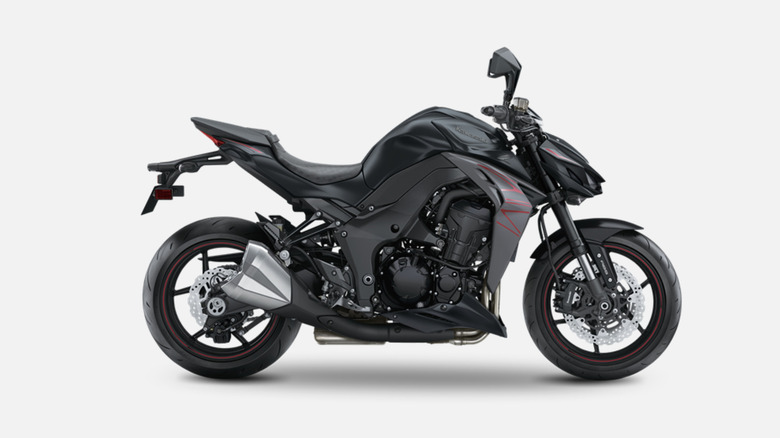How Much HP Did The Kawasaki Z1000 Have & What Was The Last Year It Was Made?
the Kawasaki Z1000 was introduced in 1977 as the successor to the highly influential Z1 and 900 super4. The original Z1000-A1 used an air-cooled 1,015 cubic centimeter inline-four engine making about 83 horsepower. This marked the brand's move into the liter bike market, and Kawasaki kept updating the Z1000 and added a total of 39 horsepower before discontinuing it globally in 2023. Although its lineage goes back to the '70s, many riders identify the Z1000 nameplate with the redesigned naked version that appeared in 2003 with aggressive lines and modern performance tuning.
It featured a liquid-cooled 953 cc four-banger that produced 127 horsepower at 10,000 rpm. Kawasaki gave the bike a new look and frame tweaks in 2007 but left the engine alone, so its displacement and output stayed the same through 2009. In 2010 the Z1000's engine grew to 1,043 cc and output jumped to 138 horsepower. With its six-speed transmission, this version could get close to 150 mph. The final boost came in 2014, when Kawasaki made more adjustments to wring around four more horsepower from the Z1000's engine.
Kawasaki's Sugomi design philosophy and the Z series
Kawasaki added a lighter, more rider-friendly slipper clutch to the 2016 Z1000, the third year of the model's fourth generation. That 2014 update had brought a new intake cam and engine computer that bumped output to 142 horsepower from the third generation's 136. The post-2003 supernaked Z1000 has a loyal following thanks in part to Kawasaki's 'sugomi' design philosophy, defined on the company's website as "the intense aura or energy given off by a person or object of greatness and felt by the viewer ... In the new Z1000, sugomi is evident both in its fiercely intense design and the exhilarating performance it delivers, radiating as a palpable energy."
The site goes on to liken the model's stance to a panther's crouch, something Kawasaki later repeated with the supercharged Z H2. Although the Z1000's time as a factory-new model has ended, a growing focus on the supernaked class pushed Kawasaki toward newer Z-series machines. The Z1000 still stands among the most powerful Kawasaki Z series bikes and lent some of its DNA to others that followed.
The Z1000's evolution and legacy
The earliest versions of the Z1000 had plenty of get-up-and-go, but ride quality and braking performance were less than ideal. As Kawasaki's engineers were tweaking the engine to get it from 83 to 142 horsepower, they also worked to support that superbike-level power with improved handling, balance, and stopping ability. Later versions blended imposing looks with power to match, but were more manageable for daily riding.
The modern Z1000 built a reputation with riders for its sharp handling, aggressive stance, and angular bodywork; some of its design and engineering elements live on in current Kawasaki models like the Z650, Z900, and Z7 hybrid. The Z1000's performance, significance, and longevity earned it a spot on our list of Kawasaki's best motorcycles ever. It's not the most plentiful motorcycle on the secondhand market, but you can find a Z1000 in most locations for under $10,000 or the local equivalent.


